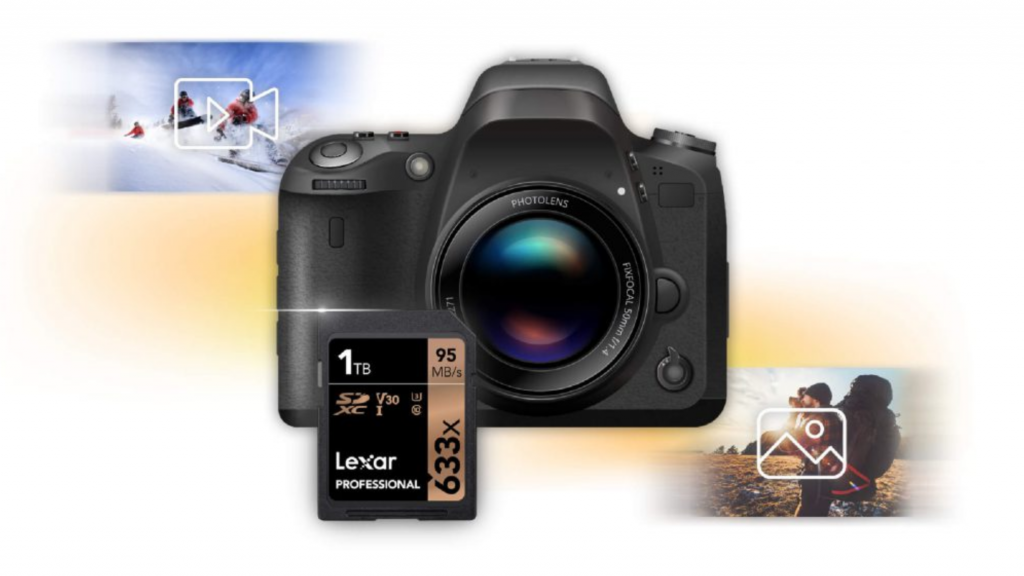REPORT SUMMARY AND FINAL THOUGHTS
It is not really a fair proposition to discuss the speeds of media cards without an understanding of the media recording devices themselves. Flash (which is the bread an butter of all media cards) is probably the fastest and most successful technology advance of the last decade. Manufacturers create their devices to meet the needs of the equipment and, trust me when I say, the Lexar Professional 633x 1TB SDXC is far more than most will ever need.
 What we really need to ask ourselves is why Canon, Nikon, Sony, Fuji, Pentax. Leica, Olympus, GoPro and the rest of the big name companies continue to market cameras that are flat out ancient, and worst yet, we buy them. I am probably the worst with my love and hate relationship with my Canon 5D Mk IV and all of the investment I have into it. It is a simple question really to any manufacturer. Why does my smartphone store data at NVMe speeds around 667MB/s while cameras are still left with interfaces that move data at USB 2.0 speeds? Implementing NVMe data transfer into these cameras, as they are in today’s smartphones, eliminates the need for an image buffer and creates endless possibilities with burst photography.
What we really need to ask ourselves is why Canon, Nikon, Sony, Fuji, Pentax. Leica, Olympus, GoPro and the rest of the big name companies continue to market cameras that are flat out ancient, and worst yet, we buy them. I am probably the worst with my love and hate relationship with my Canon 5D Mk IV and all of the investment I have into it. It is a simple question really to any manufacturer. Why does my smartphone store data at NVMe speeds around 667MB/s while cameras are still left with interfaces that move data at USB 2.0 speeds? Implementing NVMe data transfer into these cameras, as they are in today’s smartphones, eliminates the need for an image buffer and creates endless possibilities with burst photography.
Getting back to the Lexar Professional 1TB SDXC, Lexar has been my choice for digital storage for several years now and I can relate that Lexar has found a home in our smartphones, DSLR cameras, GoPro, the car’s data recorder, additional front cam and stereo input, as well as my trail cams. Lexar’s speed, capacity and lifetime warranty have me hooked and you can bet this will be in the Canon EOS 5DMkIV just as soon as this is published. Great job Lexar!
 The SSD Review The Worlds Dedicated SSD Education and Review Resource |
The SSD Review The Worlds Dedicated SSD Education and Review Resource | 
